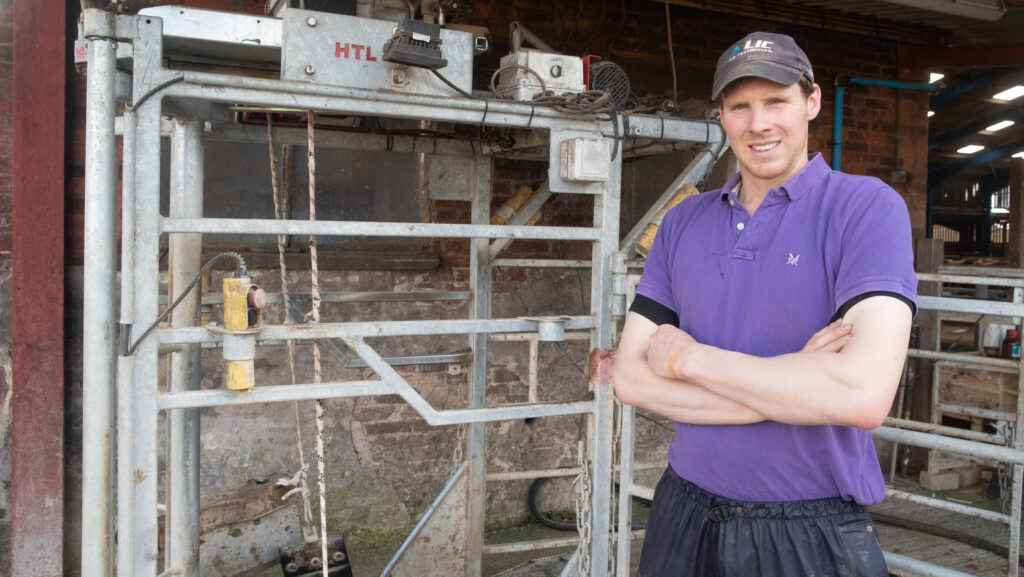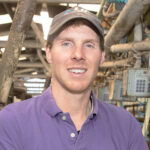Farmer Focus: Feeding less as dry-off approaches
 Jonathan Hughes © Tim Scrivener
Jonathan Hughes © Tim Scrivener Cooler June weather has reduced grass growth here. We have been growing 45kg dry matter (DM)/ha/day on average.
On the grazing platform since the start of May we’ve cut around 60ha of silage and all heifers are grazing the platform, pushing stocking rates up to 5LSU/ha through periods of high growth in May.
Now the heifers have been moved off the platform onto the silage land and we’ve dropped demand to 55kgDM a cow a day.
See also: How a beef farm is managing grassland to face extreme weather
Demand will fall next month as we start drying cows off in July and leave paddocks ungrazed close to the shed for the standing hay (to calve down on).
Therefore, it’s not too much of an issue to reduce average farm cover below 2,100kgDM/ha before dry-off.
We’ve cut parlour feeding down to 1kg a cow a day of rolled wheat. Feeding peaked at 6kg a day in winter, but we have pulled it back since turnout.
We are just feeding 1kg to make use of the grass covers and get the cows to graze it, rather than making silage from grass surplus to requirement.
We have seen low milk ureas recently, which match up with low grass protein, due to sluggish clover growth.
We should perhaps be feeding a higher protein cake to optimise milk production.
But feeding low rates is unlikely to make significant differences in the milk and we probably don’t want to complicate things late into lactation before drying off.
The biggest limiting factors for grass growth presently seem to be soil temperature and sunlight. Soil moisture is still plentiful.
Obviously, being organic we rely on clover for summer growth, after slurry is applied in the spring.
We’ve damaged a couple of areas grazing in the wet days in late May, which was inevitable, particularly with first year (R1) heifers, which seem more unsettled in these conditions.
Oversowing now has been considered, but germination on bare land can be risky with the fickle nature of grass seeds, before any hot summer weather (if we have any), as they soon bake out on, often, compacted soils.
Also, from experience, seedlings struggle to handle trampling from livestock up to 40-60 days after germination, which can prove awkward on the grazing platform.
We will patch these areas in late autumn after the last grazing of the season. Spinning seeds on can be just as effective and cheaper.

